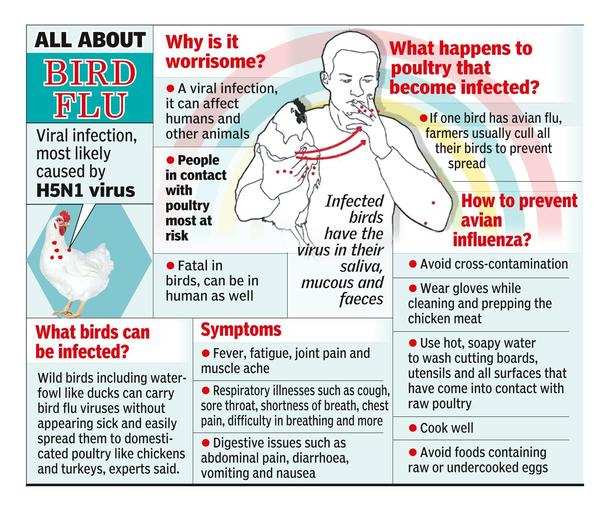
The virus causes serious illness in birds and people. Human cases first emerged in 2003, but the disease has since spread to other countries. In 2005, human cases were reported in Vietnam and Cambodia. In late 2006, the virus was identified in the United States, where it killed more than half of infected people. The virus has since spread to other parts of Asia, including Egypt. A detailed bird flu overview can help you determine whether or not you have contracted bird flu.
In 1997, the first human cases of bird flu were recorded in China. The outbreak was contained in that country through the slaughter of 1.5 million chickens. In the subsequent years, however, the virus continued to spread and reached humans. Because the virus is sensitive to heat, it was found in poultry throughout Asia and North Africa. While no human cases have been reported in the United States, the disease has spread in dead birds in several countries without causing illness in humans.
A bird flu overview can provide you with an overview of the virus and the types of symptoms you may experience. Symptoms of the disease are similar to those of the human flu. They include fever, headache, muscle aches, and sore throat. Most bird flu infections are mild and disappear after a few days. Severe cases may lead to conjunctivitis and pneumonia. The best way to prevent an infection is to avoid exposure to birds as much as possible.
The avian influenza virus usually infects birds. The outbreak has been linked to the new H5N1 virus, which was discovered in 1997. Although the H5N1 virus strain has killed over 60% of people, it has never caused a human pandemic. In fact, bird flu is transmitted to humans through direct contact with infected birds. This is good news for people, but it’s still better to be safe than sorry.
The 1918 bird flu virus was first detected in humans. The H5N1 virus is very similar to the H5N1 strain, but is not highly contagious. There are a number of cases of human infection with the H5N1 virus in the UK. Fortunately, the disease has not yet spread to humans and no humans have been harmed. The outbreak in the United States has yet to affect any human population. The UK has plans to deal with the H5N1 outbreak, as do other countries.
Bird flu has different symptoms, and treatment depends on the type of virus. The disease can be controlled with antiviral drugs. It is best to take it as soon as you notice any signs of the virus. It is important to be aware of the signs of the virus in humans. It is also important to understand the causes and consequences of the disease. Site amfa.com.mx cautions that while H5N1 is the most common strain of bird flu, other types can have similar symptoms.
Despite its high mortality rate, H5N1 virus has not infected humans. Its main symptoms are respiratory and neurological symptoms. It is a highly infectious virus that has spread to humans. It is primarily found in birds, but it has occasionally infected humans as well. This means that the virus can be transmitted from one animal to another, even between human species. The European Union has prepared for such a situation and is actively battling this virus.
Human cases of bird flu are often reported in poultry. The virus can be passed from bird to human through close contact or through an infected bird’s environment. The virus can cause death in people, and it can affect humans as well as animals. In humans, H5N1 is a highly contagious virus that can cause severe illness in people. This virus has been identified in a wide variety of birds and is present in migratory birds.
The disease can also infect humans. Infected birds can spread the virus to humans and other animals. While most viruses infect birds, the H5N1 bird flu virus can affect humans. Infected humans have died in the past few years after coming into contact with infected birds. While there have been no human-to-human cases, the H5N1 strain is the most deadly virus. Approximately 60 percent of infected people have been infected with this type of bird flu.
